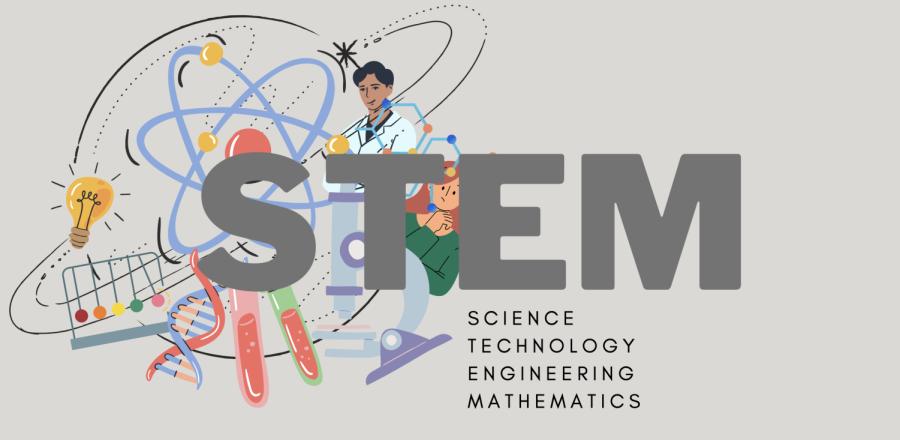What is STEM education?
December 23, 2022
“As a philosophy, STEM is meant to create a program that integrates all four disciplines in a way that forces the student to use cross-disciplinary knowledge to solve problems,” writes Wyatt Dalton, a driven Tech entrepreneur.
Many people know what STEM is but don’t know anything past the catchy acronym.
So, what is it?
As a relatively new term coined by the National Science Foundation in the early 2000s, STEM stands for science, technology, engineering, and mathematics.
“As a philosophy, STEM is meant to create a program that integrates all four disciplines in a way that forces the student to use cross-disciplinary knowledge to solve problems,” writes Wyatt Dalton, a driven Tech entrepreneur.
The courses generally present in STEM fields force a student to have an extraordinarily hands-on and conceptual understanding of the subject material. As opposed to the traditional learning style many utilize —typically some form of recitation and memorization of information—is pretty much out the window.
Very rarely, in STEM subjects, will someone be given the definitive solution to a problem. Instead, a student will be required to use their learned knowledge to find the answer – this is the beauty of STEM. It diverges from the traditional recitation, repetition, and regurgitation curriculum, promoting creativity, flexible thinking, technical knowledge, and mastery of the subject discipline.
Emphasis on science and technology education emerged after the Russian satellite Sputnik launched in 1957. Many Americans at the time felt that STEM education would be crucial when competing in the global arena.
President Dwight Eisenhower said, “The Soviet Union now has a greater number than the United States in the combined category of scientists and engineers. And it is producing graduates in these fields at a much faster rate. We need scientists in the ten years ahead.”
Shortly after, in 1958, the National Aeronautics and Space Administration (NASA) was founded. NASA’s creation helped organize the nation’s science programs and served as the leader of the country’s push for robust science, technology, engineering, and mathematics education and awareness. The American attention to space and engineering motivated more students to pursue the relevant fields.
In 2009, the Obama administration announced the “Educate to Innovate” campaign to motivate and inspire students to excel in STEM subjects. In addition to addressing the inadequate number of teachers skilled in teaching these subjects.
In 2020, the U.S. Department of Education awarded $141 million in new grants and $437 million to continue existing STEM projects.
Today, STEM supports two-thirds of U.S. jobs (67%), 69of U.S. GDP, and $2.3 trillion in annual federal tax revenue, according to the FTI analysis “STEM and the American Workforce.”
Suffice to say, STEM sectors are ever-growing in the world’s economies, and the need for accessible and equitable distribution of resources needed to foster STEM education is essential in today’s economic and political climate.
